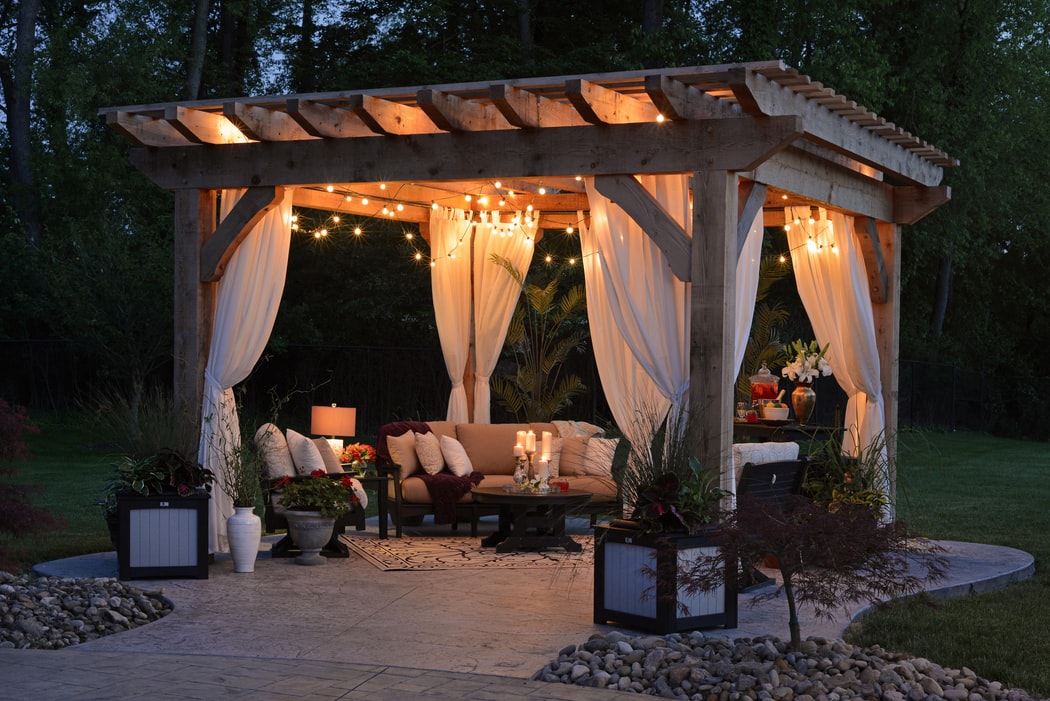4 Fall Yard Projects To Complete Before Winter

For homeowners, autumn is the perfect time to complete a few outdoor tasks before the temperature drops!
 Photos By: Unsplash
Photos By: Unsplash
During winter, snow and ice can make work outside more hazardous and time-consuming. When the winter holidays are around the corner, you can prepare your home for visiting family and friends by completing jobs such as these:
1. Pressure Washing
The driveway, patio, walkways and wooden tiles around your property accumulate mildew and debris during the summer season. Pressure washing is the most practical way to clean your property, but avoid using the sprayer less than 10 inches from the surface. Depending on the type of machine, a pressure washer can damage sensitive areas. If the spray is too intense, you can use a nozzle with a wider opening and hold the sprayer farther from the surface. Areas composed of softer materials should only be cleaned by hand with a scrub brush and cleaning solution.
2. Gutter Cleaning
Fall is the season for your trees to rain buckets of leaves around your roof and yard. When your gutters become full of leaves and debris, rainwater cannot move freely down to the outlet. A winter storm can do damage when snow and ice freeze the debris and cause gutters to crack or break. The safest and easiest way to clean your gutters is to set up a ladder and grab the trash with gloves. Some homeowners attempt to use leaf blowers to clean their gutters, but the compacted dirt and leaves form a solid mass that’s challenging or impossible to remove with powered air.
3. Landscaping
You probably have a lighter load of outdoor chores during the late fall, but there are a few practical tasks you can complete to prepare for the winter. You can compost your dried summer plants and replace them with winter ground cover like red clover. The ground cover nourishes the soil and keeps it weed-free until you’re ready to plant again. Ice and snow may eventually cover the yard, but you can contact shrub pruning services to keep your shrubs and trees healthy for the long winter. If the mulch around your plants has broken down, you should replace it with 3 or 4 inches of fresh mulch. The mulch helps the plants conserve moisture during colder weather and inhibits weeds in the summer.
4. Planting
Depending on your state’s temperate zone, you may have time to plant new shrubs and flower bulbs in your garden. If your average low temperature hovers around 50° F, you can plant shrubs like hydrangeas, camellias, rhododendrons and spireas. These shrubs’ roots continue to grow when the soil temperature drops below freezing, but if you wait too long after the first freeze, the roots will struggle and the plant can become stunted. If you enjoy the sight of spring flowers, you can plant tulips, lilies or daffodils. The flower bulbs stay dormant most of the winter, but in April, the flowers come to life with fresh blooms.
In late December, when you see your neighbor trying to dislodge debris from a frozen gutter, you’ll appreciate that your projects were finished in the fall.







Leave a Comment